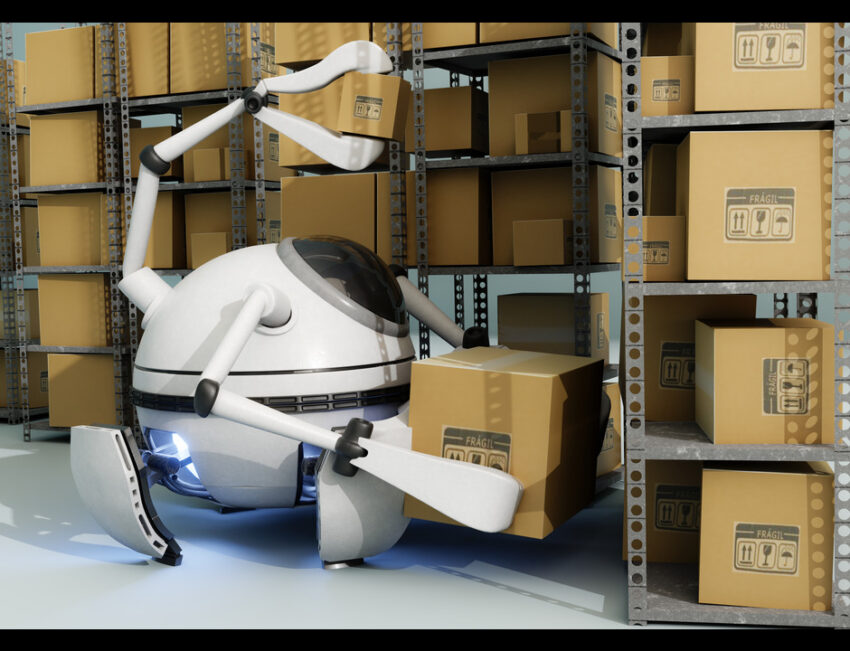Most independent freight forwarders who provide OOG cargo services are often required to move heavy equipment both domestically and internationally. However, moving machinery is a challenging activity that demands skill, knowledge, and manpower to prevent any damage to the expensive parts. Even with the use of new machine-moving equipment such as heavy-duty transporters and air bearings, the task continues to be a daunting one for logistics companies. Before undertaking the movement of heavy equipment and machines, independent freight forwarders need to consider several factors and this is exactly what we are going to talk about in today’s article.

Tips for independent freight forwarders for moving heavy equipment
-
Make a plan
Regardless of the kind of heavy equipment you are moving the first thing you need to do is create a strategy and discuss it with your team. A concise plan implies that you should figure out everything before the moving schedule. You need to consider the kind of transportation equipment to be used, the necessary permits you need to obtain, the pick-up and drop-off, the budget, route planning, and more. Moreover, the logistics companies also need to make sure that all the equipment required to move the heavy machinery is in perfect working order. Keep in mind that the weight and size of the cargo are going to play an important role in your choice of hauling equipment. It will also determine the kind of permit you will need as well as the expenses involved.
-
Decide on the means of transportation
The second step in the process is to figure out the mode of transportation. Since moving heavy equipment by air is out of the question, you need to move it either by sea or land. If time is not an issue then ocean freight is the most convenient way for the international movement of heavy equipment. However, in case it is not an option then go for road freight. No matter the kind of transportation you are choosing, you need to carefully consider the size of the cargo as well as the weight-carrying capacity of the transport. For example, if your cargo is a long one then a flatbed truck is the best choice. Remember that your entire equipment should fit the truck so as not to become a road hazard.
-
Access the risks involved
Thoroughly accessing all the risks and determining the potential hazards will allow you to mitigate any untoward situation to a great extent. Keep in mind that the smallest lax on the part of the independent freight forwarder could lead to a fatal accident, cargo damage, and loss of lives. Carefully consider the sharp edges of the equipment, the parts that could come apart while being moved, the weight of the cargo, and other relevant factors while making the risk assessment.
-
Make your cargo ready
After determining the mode aof transport you need to think about how to place the heavy equipment on the truck or trailer in the safest possible way. This part could involve several small tasks such as securing the door locks, disengaging the batteries, holding the door in place by using tapes, etc. Once you start preparing the equipment to place it on the truck, you need to place it centrally so as to balance out the weight of the cargo. Additionally, you need to make use of fasteners to keep the cargo in place while in transit. Simply put, you need to take every single step that will ensure the safety of the cargo and prevent accidents during the process of transportation.
-
Make sure that you have the right loading and off-loading equipment
The process of loading and unloading heavy equipment is a delicate one that requires considerable attention to detail. Even a small error could result in fatal injuries and become a safety hazard not just for the cargo but also for the handlers. Therefore, as an independent freight forwarder, you must invest in procuring the right tools such as skates, forklifts, etc. Forklifts are immensely helpful when it comes to loading and unloading heavy equipment. Nevertheless, you need to ensure that only trained and certified operators are handling the tools.
-
Check the hauling capacity of your truck
Apart from checking your cargo and the tools required for loading, you also need to make sure that the truck or trailer you are going to use is in the best condition. For this, you need to conduct a thorough inspection of your truck. To begin with, you need to check the condition of the tires and if they are capable of withstanding the weight of the cargo. You also need to check other important aspects of the truck such as the lights and the brakes. Keep in mind that heavy equipment can impact the braking ability of your truck. Another area that will require attention is the tie-down points. The laws in most countries necessitate at least four tie-down points for cargo weighing above 10,000 lbs.
Moving heavy equipment can be a challenging task that demands careful consideration, manpower, and proper knowledge of the laws and safety guidelines. In conclusion, it can be said that you need to plan to avoid any circumstances that might cause panic and last-minute changes in plans. Also, make sure to have a high level of communication with every member of your team for better risk management.


